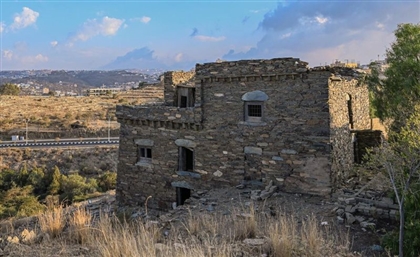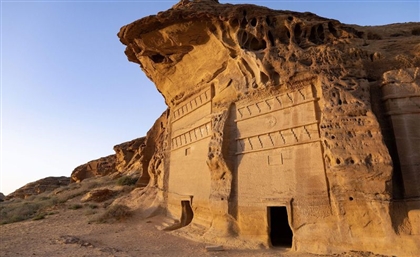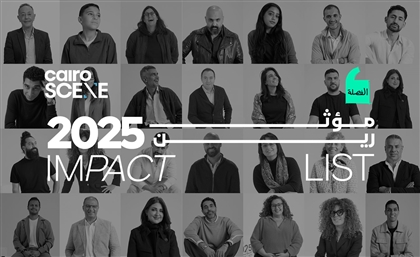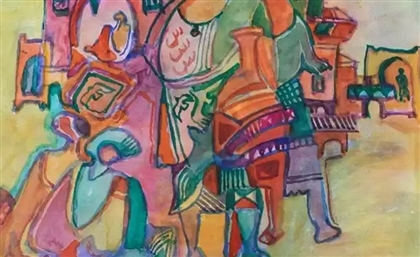Early Coptic City Discovered in Egypt’s Kharga Oasis
A new archaeological discovery in Kharga Oasis has revealed the remains of an early Coptic city, including churches, homes, and murals.
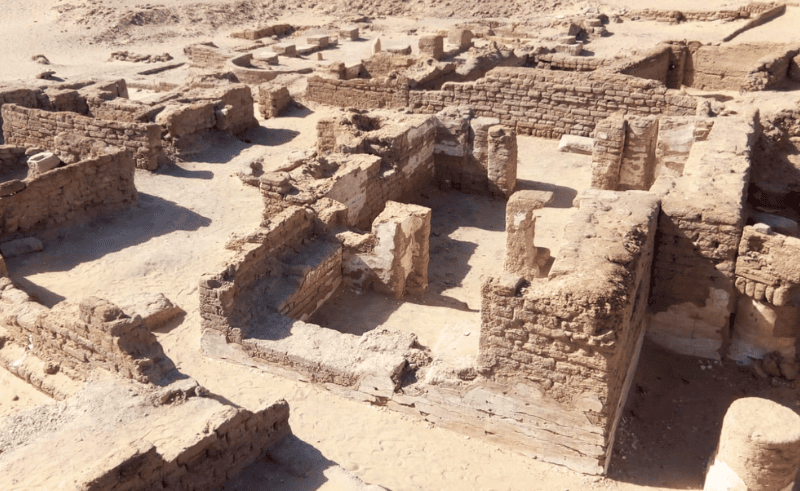
A new archaeological discovery in Egypt’s Western Desert has revealed the remains of an early Coptic city at Ain al-Kharab in Kharga Oasis. The find, made by an Egyptian archaeological mission, includes a network of residential buildings, churches, and cemeteries, along with a mural depicting Christ healing a sick person.
Situated within the Islamic and Coptic archaeological zone, the site is regarded as a significant glimpse into early Christian life in Egypt. Excavators uncovered mudbrick homes with plastered walls, domestic ovens, and fixed pottery jars used for storing food and grain, reflecting everyday life in the settlement. Among the artefacts recovered were ostraca, pottery fragments, and various glass and stone objects, as well as burial remains.
Two churches were identified during the excavation. The first is a large basilica-style structure featuring a central hall and side aisles. The second is a smaller rectangular church marked by Coptic inscriptions and exterior columns. Nearby service buildings were found adjacent to both churches, with additional structures located to the west of the smaller one.
The site also contains architectural evidence of long-term use, including Roman-era buildings that were adapted during the Coptic and later Islamic periods. This continuity underscores the historical layers of religious and social life in Kharga Oasis. The discovery was described as deepening understanding of Egypt’s religious transformation and reflecting values of cultural coexistence.
- Previous Article Arab Fund Signs First Private Sector Deal in Egypt with NBE
- Next Article Six Unexpected Natural Wonders to Explore in Egypt
Trending This Week
-
Dec 23, 2025








